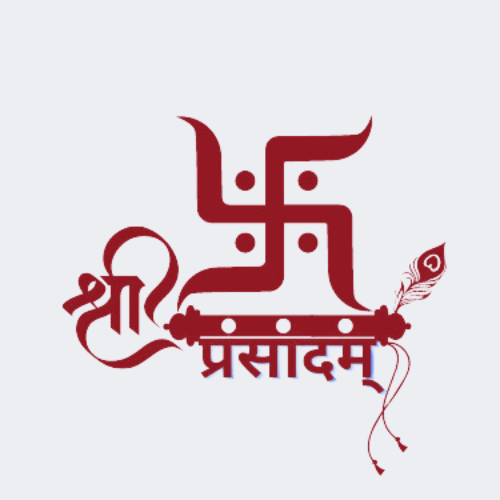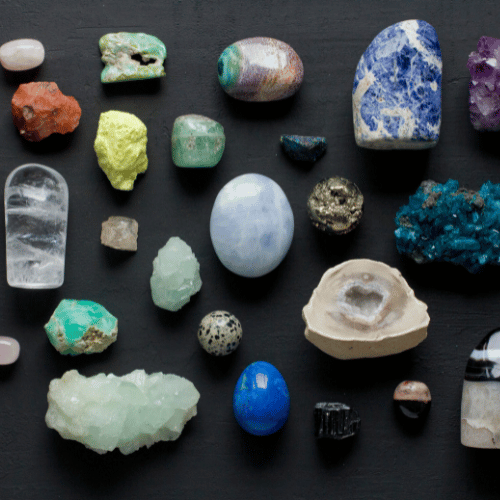Ganapati, also known as Lord Ganesha, and Gauri, another form of Goddess Parvati, hold important places in Hindu mythology. Relation between Ganpati and Gauri is deeply rooted in ancient stories and traditions, reflecting the importance of family, devotion and prosperity in Hindu culture.
In Hinduism, deities often reflect complex relationships that represent different aspects of life and the cosmos. The bond between Ganapati and Gauri is particularly special as it emphasizes the timeless values of love, protection, and wisdom.
This relation of Gauri and Ganpati is celebrated through many rituals and festivals, most notably Ganesh Chaturthi and Gauri Pujan. These celebrations reflect the followers' intense respect and devotion for these deities, reflecting deep spiritual beliefs passed down through generations.
A deeper understanding of the story of the relation between Gauri and Ganesh allows us to better appreciate the symbolic significance. This understanding not only enriches our knowledge of Hindu mythology, but also increases our appreciation for the rich fabric of cultural traditions that continue into modern times.
Relation Between Ganpati and Gauri
According to Hindu mythology, the birth of Ganesha is a fascinating tale. Parvati, the wife of Lord Shiva, created Ganesha out of the sandalwood paste she used for her bath.
She molded the paste into the shape of a boy and breathed life into it, creating Ganesha. Parvati wanted a loyal guardian who would protect her privacy during her bath.
Thus, Ganesha was born as a devoted son, created purely from his mother’s essence and love.
Shiva, unaware of Ganesha's existence, returned home and saw a young boy guarding the entrance and refusing to let him enter.
Ganesha, following his mother's order, stood firm and did not let Shiva pass. Enraged and not knowing that Ganesha was his son, Shiva beheaded him in a fit of rage or anger.
When Parvati found out what had happened, she became very sad and angry. To appease her, Shiva promised to bring Ganesha back to life.
He instructed his followers to bring him the head of the first creature they found, which was an elephant. Shiva attached the elephant's head to Ganesha's body, reviving him and making him immortal.
This act also gave Ganesha his distinctive appearance and marked him as the son of both Shiva and Parvati.
Importance of Ganesh Chaturthi and Gauri Pujan
Ganesh Chaturthi and Gauri Pujan are two interlinked festivals celebrated with great enthusiasm. These festivals highlight the divine relationship between Ganapati (Ganesha) and Gauri (Parvati) and are full of rituals, stories and cultural significance.
Ganesh Chaturthi
Ganesh Chaturthi is a ten-day festival that marks the birth of Lord Ganesha. It begins on the fourth day of the Hindu lunar month Bhadrapada (August-September).
On the first day of Ganesh Chaturthi, families bring home beautifully crafted idols of Ganesha. For the next ten days, Ganesha is worshipped daily with modakas (sweet fritters), flowers and other delicacies.Devotees sing hymns and dance in honour of the deity.
The festival ends on the tenth day, known as Anant Chaturdashi, when Ganesha idols are immersed in rivers, lakes or the sea. This ritual, called Visarjan, symbolizes the cycle of birth, life and dissolution.
Gauri Pujan
The Gowri Ganesha festival, celebrated mainly in Karnataka and parts of South India, has immense cultural and spiritual significance.
The festival honours both Goddess Gowri (Parvati) and her son Lord Ganesha, who symbolize divine feminine power and the remover of obstacles.
The celebrations begin with Gowri Habba, where Gowri is worshipped for prosperity, health and marital happiness. The next day is Ganesh Chaturthi, dedicated to Ganesha, seeking his blessings for wisdom and success.
The festival promotes family unity, devotion and communal harmony, blending rituals and celebrations to strengthen traditional values and cultural heritage.
Facts about Gauri Puja
Gauri Puja is especially popular in Karnataka, Andhra Pradesh, Tamil Nadu and Maharashtra. The festival marks the arrival of Goddess Gauri in homes, bringing blessings of prosperity, health and happiness.
Women play a key role in the rituals, which include setting up Gauri idols, offering flowers, fruits, sweets and performing aarti.
Married women (Sumangali) often wear new clothes and adorn themselves with jewelry, signifying their marital status and seeking blessings for a happy married life.
The festival concludes with the immersion of Gauri idols in water bodies, symbolizing the return of the Goddess to her divine abode.
The Conclusion
The relation between Ganapati and Gauri is a beautiful blend of mythology, traditions and family values. It reflects the importance of divine relationships in Hindu culture, reminding us of the love, respect and devotion that binds families together. By understanding and celebrating this relationship, we can appreciate the rich cultural heritage that shapes the lives of millions.
FAQs related to Gauri & Ganesha
1- Who Is Gauri?
Gauri is another form of Goddess Parvati.
2- Why 2 Gauri With Ganpati?
During Ganesh Chaturthi, two Gauri idols represent Gauri and her sister Jyestha.
3- How Is Gauri Related To Ganpati?
Gauri, another form of Goddess Parvati, is the mother of Lord Ganesha (Ganpati).
4- Who Is The Sister Of Lord Ganesha?
The sister of Lord Ganesha is Goddess Jyestha. She is often worshipped alongside him and their mother, Goddess Gauri (Parvati), during certain festivals.





















